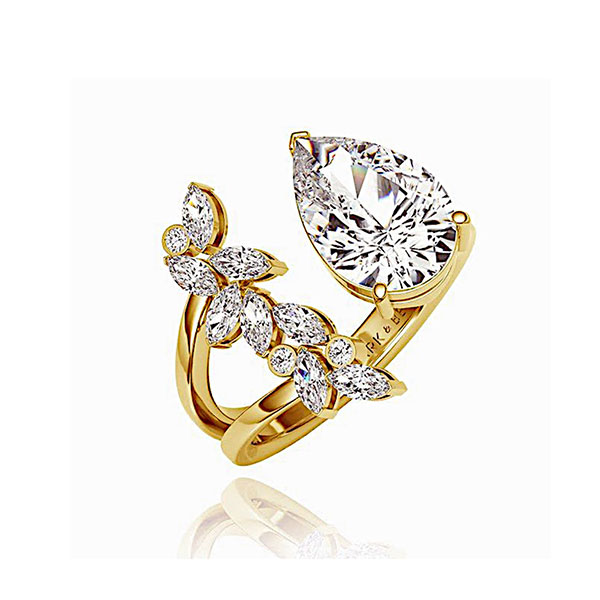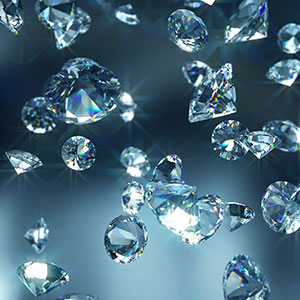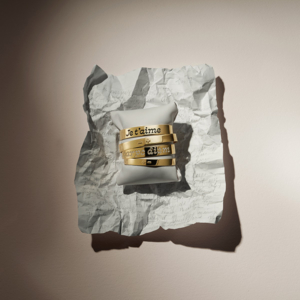
Dan Scott is fond of comparing the diamond industry’s two oft-warring factions—supporters of mined diamonds and those who advocate for lab-grown—to a marriage.

“When two people get married, they may not share all commonalities, but those differences complement one another and make for a whole relationship,” the cofounder and brand architect of New Jersey–based Luxe Licensing, an agency that consults with jewelry clients, tells JCK. “But when the sides fight, and can’t seem to find common ground, or don’t want to find it, that’s when separation and divorce occurs.”
Scott, who spent a decade as the chief marketing officer for Scott Kay—the celebrated jewelry designer often credited with reviving platinum—is troubled by the industry’s tug-of-war over diamonds because he fears it will undermine the business as a whole.
“If we’re going to be completely honest here, consumers don’t need diamonds, but the trade does,” he says. “We as an industry have put all our faith and investment in one stone. We can’t control the consumers. We can share information with them and present options to buy, but we can’t force their hand. They already are, in certain sectors, replacing diamonds with sapphires or even pearls. Part of this reason is the disbandment of diamonds. It’s a diamond-versus-diamond world, where it should just be a diamond world.”
Scott wasn’t always this passionate about the diamond category. He began his deep dive into the lab-grown market about three years ago, when Lab Grown Magazine asked him to contribute articles to the monthly digital publication. “I didn’t have any preconceived notions,” Scott says. “I was just curious—about the amount of energy it would take to generate a CVD or HPHT diamond. And who’s regulating it? Who’s measuring it? How is it being audited?
“Many people jump to the conclusion that because I’m writing articles about lab-grown diamonds that I have a propensity toward that side, and that couldn’t be further from the truth,” Scott adds.
So committed is he to seeing the industry find common ground that he is exploring the idea of forming a nonprofit organization called the Mined & Man-Made Diamond Alliance (he’s even registered a placeholder website, MMDA.world). Scott stresses that it wouldn’t serve as a replacement for the Natural Diamond Council or the International Grown Diamond Association, but would instead be focused on helping supporters of both categories come to terms—quite literally.
“Enough with the mudslinging and the negativity and the incorrect statements about being eco-friendly or green,” Scott says. “If unity is possible, I hope it’s possible through a group like MMDA.”
Scott insists that some sort of mediating body dedicated to researching and revealing proven diamond facts is necessary for the industry, as it faces a future of natural diamond shortages.
“There are always going to be people who will choose the gas-fueled car over the electric car, whole milk over soy milk, and vice versa,” he says. “So, too, there will always be people who choose natural diamonds over man-made diamonds. I just hope they choose diamonds.”
Top: Veto open ring in 18k yellow gold with lab-grown diamonds, £21,350 ($21,194); Lark & Berry
Follow JCK on Instagram: @jckmagazineFollow JCK on Twitter: @jckmagazine
Follow JCK on Facebook: @jckmagazine






